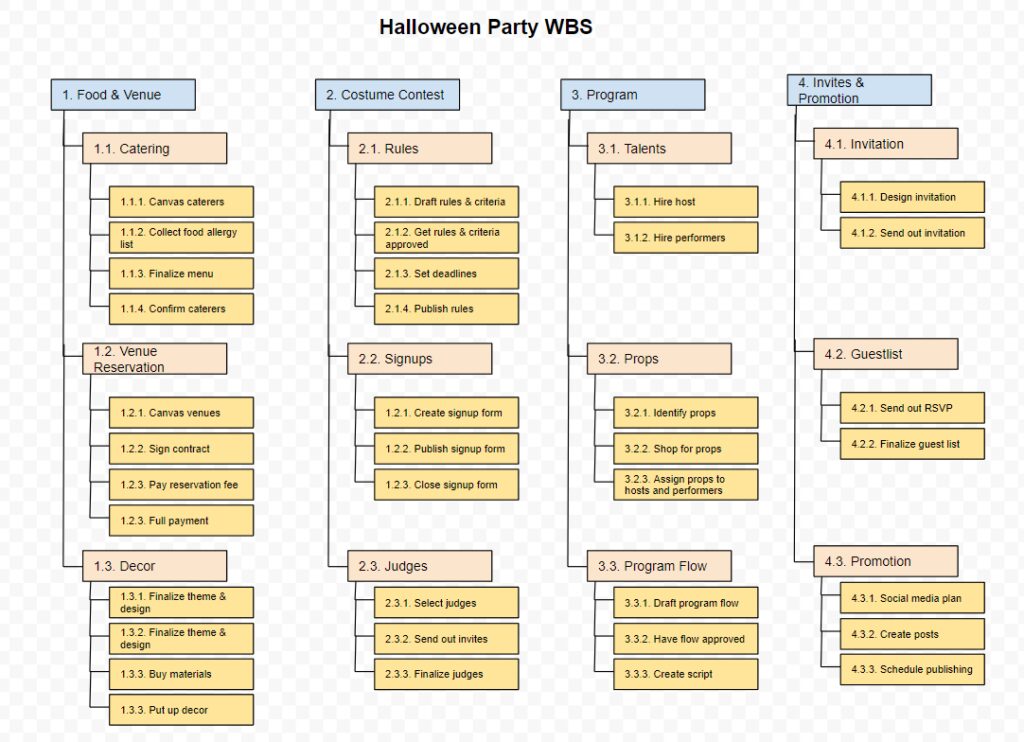Game design involves different elements that work together to create a seamless gaming experience. The concept serves as the foundation for everything that follows, and art design creates the visual elements, from characters to environments. Sound design creates a more immersive experience, using music, sound effects, and voiceovers. Programming brings everything together to make the game playable, while testing ensures that everything is working as intended. By carefully crafting the critical building blocks of concept, art design, sound design, programming, and testing, game designers can create successful games that offer players a fun and engaging experience.
Breaking Down Game Design: An In-Depth Analysis of the Building Blocks of Games
Introduction
Games have been a part of human culture for thousands of years, from ancient board games to modern video games. But have you ever wondered how games are made? Game design is a complex process that involves many different elements, from concept and art design to programming and testing. In this article, we will take an in-depth look at the building blocks of games and how they work together to create a seamless gaming experience.
Concept
Every game starts with a concept, an idea for a game that serves as the foundation for everything that follows. The concept might be a simple idea, like a game where you jump over obstacles, or a more complex idea, like a game that simulates a realistic world. The concept is usually developed by one or more designers, who work together to flesh out the idea until it is ready to be turned into a playable game.
Art Design
Once the concept has been developed, the next step is usually art design. This involves creating the visual elements of the game, such as characters, backgrounds, and environments. The art design can range from simple 2D graphics to complex 3D environments, depending on the nature of the game. The art design is usually done by an artist, who works closely with the designers to ensure that the visual elements of the game match the concept and are visually appealing to players.
Sound Design
Sound design is also an important element of game design, as it helps to create a more immersive gaming experience. The sound design can include music, sound effects, and voiceovers, among other things. The sound design is usually handled by a sound designer, who works closely with the designers and artists to ensure that the sound elements of the game match the visual and conceptual elements.
Programming
The programming of a game is what brings everything together and makes the game playable. The programming can involve a variety of different languages and tools, depending on the nature of the game. The programmer will work closely with the designers, artists, and sound designers to ensure that everything is coded and working together as intended.
Testing
Once the game has been programmed, it is time to test it to make sure that everything is working as intended. Testing can involve a variety of different methods, including manual testing, automated testing, and user testing. The goal of testing is to identify any bugs or glitches in the game and to make sure that it is as fun and engaging as possible for players.
Conclusion
Game design is a complex process that involves many different elements working together to create a seamless gaming experience. The concept, art design, sound design, programming, and testing are all critical building blocks that must be carefully crafted to create a successful game. By understanding these elements and how they work together, you can gain a greater appreciation for the art and science of game design.
